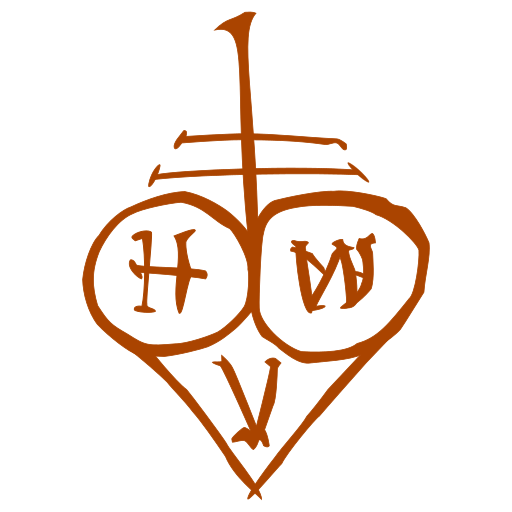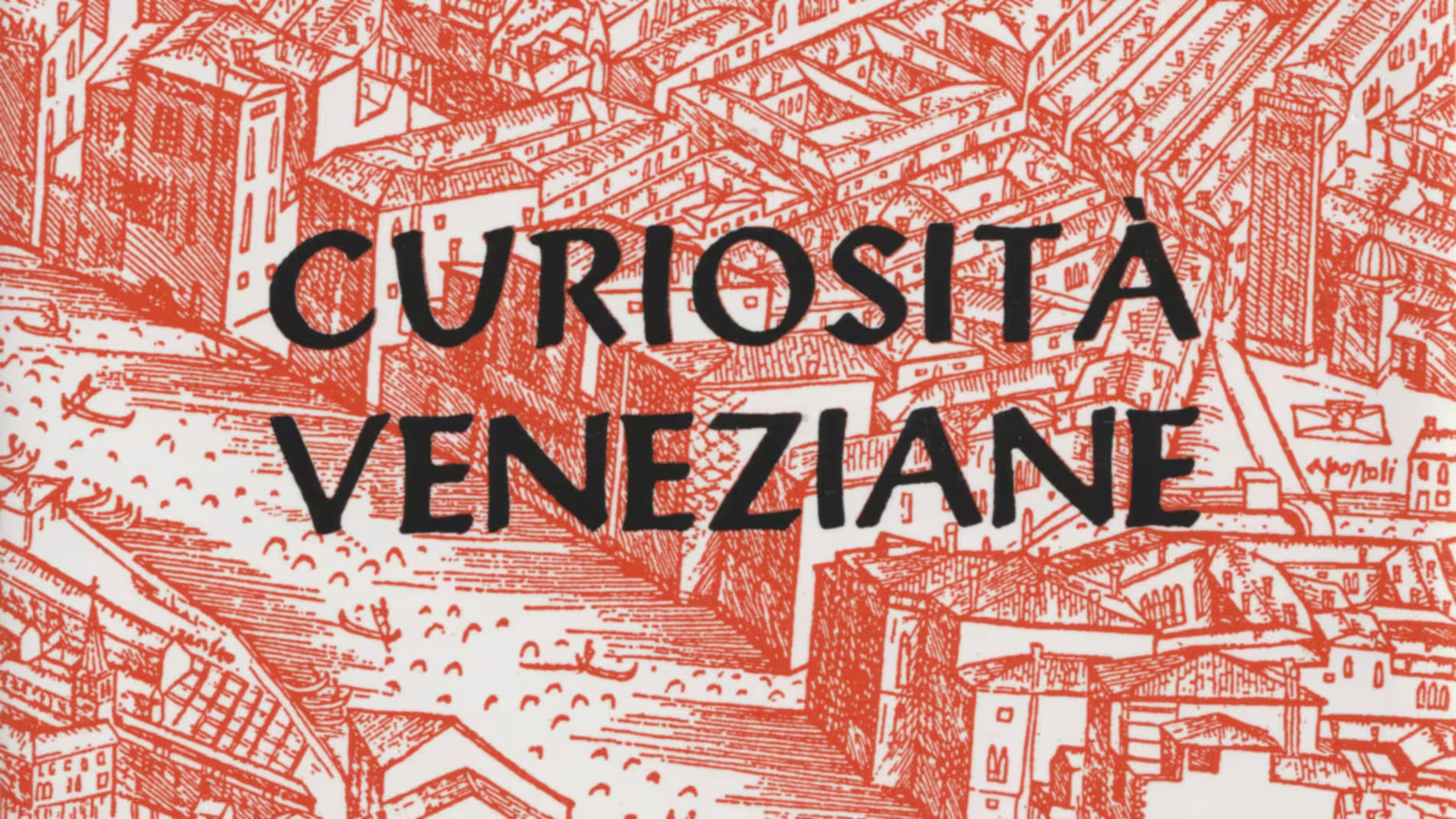Tole (Barbaria delle) at SS. Giovanni e Paolo.
Curiosità Veneziane by Giuseppe Tassini is the go-to book for information on Venetian toponyms, and a treasure trove of curious historical titbits. First published in 1863, it is still being reprinted regularly.
There is no English translation of the book, so I will translate selected entries on this site, whenever they’re used as sources for articles.
Tole (Barbaria delle) at SS. Giovanni e Paolo. In this street we can still see various warehouses of tole (planks), from which the origin of the second denomination is clear. As for the first, some want the place to be called Barbaria, almost a wild place, from an ancient grove of trees. Others, like Gallicciolli, from some barbershops. Others from the traffic that some mountain people, rough and barbarous, made of boards here. Others finally because the planks accumulated here were destined for the countries of Barbaria. This opinion is the most likely. It is known from Filiasi1 that the Venetians had been carrying timber to Barbaria since ancient times, and that this traffic was regulated with a law of 822 by the Doge Giustiniano Partecipazio. It is furthermore known that in 971 the Greek emperors made serious complaints with ours regarding timber for construction, weapons and iron, which they brought to the countries of the Saracens.
The timber merchants were not united in a guild, but only in a consortium, of which anyone who abandoned that trade ceased to be a part. They had no dependence on the Giustizia Vecchia. They paid a small tax to the Milizia da Mar, being subject to the duties on timber to the Governatori delle Intrade, and for the trade to the Cinque Savii alla Mercanzia.
We have in the book Spiritus an ancient law of February 6th, 1331 M.V. with the title: Barbariae Tabularum strata quomodo aptari fieri debeat a Dominis de Nocte.
Sabellico, after speaking of the Bersaglio dei SS. Giovanni e Paolo, thus says: Contiguus inde vicus cum venalibus tabulis utrimque ad aedificandum dispositis; barbarum vicum vocant quem rectius tabularium dicerent.
Barbaria delle Tole is tied to the memory of two very furious fires which took place in the 17th century, hence two nearby streets still bear the name of Calle Primo and Calle Secondo Brusà. The first of them developed in September 1683, while the people had flocked to Castello to receive the jubilee bestowed for the liberation of Vienna. The second started on June 2nd, 1686, on the eve of Pentecost, in a lumber shop, and burned all the buildings that are from the Ospedaletto to S. Maria del Pianto, also spreading along the bank of S. Giovanni Laterano. It is known that only one house remained unharmed by the flames at the time, and this was attributed to a miracle of St. Anthony, whose image was venerated on the façade, hence Nicandro Jasseo in his poem Venetae Urbis Descriptio, published towards the end of the Republic, has these verses:
Hic domus extat adhuc, frontemque Antonius ornat;
Ille locis custos: dum saeva incendia circum
Omnia vastarent, mediis defensa periclis
Una domus, rapidis ceu tuta extollitur undis
Insula. Dum flammis alimenta voracibus apta
Ligna dabant, jacuere ignoto in pulvere merces;
Una intacta domus, quae divum in fronte receptum
Servabat, factique memor servabit in aevum.
He then submitted the following annotation: Inter receptacula lignorum domus est olim illaesa ab igne S. Antonii Patavini beneficio, cujus imago, ut nunc etiam, parvo sub tholo in fronte domus aderat. This image is perhaps the one that still a few years ago was seen in a small altar, or capital, above the facade of the house at Nº 6663.
Some chroniclers narrate that in ancient times there was a wooden bridge from Barbaria delle Tole to Campo di S. Lorenzo, a bridge that still existed in 1443
Footnotes
- Filiasi, Giacomo. Memorie storiche de’ Veneti primi e secondi di Jacopo Filiasi. Tomo 1[-7]. Padova, Tipografia del Seminario, 1811. ↩︎


Leave a Reply